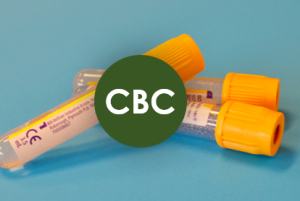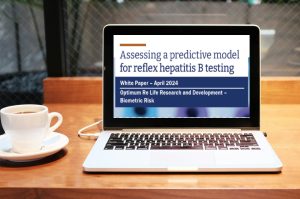November is the start of Diabetes Awareness Month, an especially important event with the increasing numbers of those individuals with type 2 diabetes in the United States. According to the 2014 Diabetes Report Card, 29 million Americans are currently living with diabetes; there are about 8.1 million who are still undiagnosed. [1] Shockingly, diabetes causes more deaths per year than AIDS and breast cancer combined. [2]
Type 1 diabetes accounts for only 5% of diabetes cases in the U.S. and there’s no known way to prevent it. Most Americans with type 1 diabetes are diagnosed in their middle teen years and must be on insulin injections or use an insulin pump for the rest of their lives. [1]
Type 2 diabetes makes up the other 90-95% of diabetes cases, usually associated with aging, obesity, family history, race and ethnicity, and lack of physical activity. [1] A diagnosis of diabetes can be delayed and possibly even prevented by losing weight, practicing 30 minutes of physical activity 5 days a week, and healthy eating. [3]
Gestational diabetes often develops during the second or third trimester of pregnancy, and can cause complications for both the mother and baby. Risk factors for gestational diabetes are similar to those for type 2 diabetes, and can often lead to the onset of diabetes with another pregnancy or result in type 2 diabetes being diagnosed later in life. [1]
Diabetes in any form can cause a host of complications, including neuropathy, skin and eye disorders, kidney disease, stroke, and gastroparesis. Incorporating A1c with the insurance screening panel is an effective way of testing for applicants who are at increased risk of mortality because of pre-diabetes or diabetes.
[1] http://www.cdc.gov/diabetes/pdfs/library/diabetesreportcard2014.pdf
[2] http://www.diabetes.org/diabetes-basics/myths/?loc=db-slabnav
[3] http://www.cdc.gov/diabetes/basics/prevention.html




















November is the start of Diabetes Awareness Month, an especially important event with the increasing numbers of those individuals with type 2 diabetes in the United States. According to the 2014 Diabetes Report Card, 29 million Americans are currently living with diabetes; there are about 8.1 million who are still undiagnosed. [1] Shockingly, diabetes causes more deaths per year than AIDS and breast cancer combined. [2]
Type 1 diabetes accounts for only 5% of diabetes cases in the U.S. and there’s no known way to prevent it. Most Americans with type 1 diabetes are diagnosed in their middle teen years and must be on insulin injections or use an insulin pump for the rest of their lives. [1]
Type 2 diabetes makes up the other 90-95% of diabetes cases, usually associated with aging, obesity, family history, race and ethnicity, and lack of physical activity. [1] A diagnosis of diabetes can be delayed and possibly even prevented by losing weight, practicing 30 minutes of physical activity 5 days a week, and healthy eating. [3]
Gestational diabetes often develops during the second or third trimester of pregnancy, and can cause complications for both the mother and baby. Risk factors for gestational diabetes are similar to those for type 2 diabetes, and can often lead to the onset of diabetes with another pregnancy or result in type 2 diabetes being diagnosed later in life. [1]
Diabetes in any form can cause a host of complications, including neuropathy, skin and eye disorders, kidney disease, stroke, and gastroparesis. Incorporating A1c with the insurance screening panel is an effective way of testing for applicants who are at increased risk of mortality because of pre-diabetes or diabetes.
[1] http://www.cdc.gov/diabetes/pdfs/library/diabetesreportcard2014.pdf
[2] http://www.diabetes.org/diabetes-basics/myths/?loc=db-slabnav
[3] http://www.cdc.gov/diabetes/basics/prevention.html